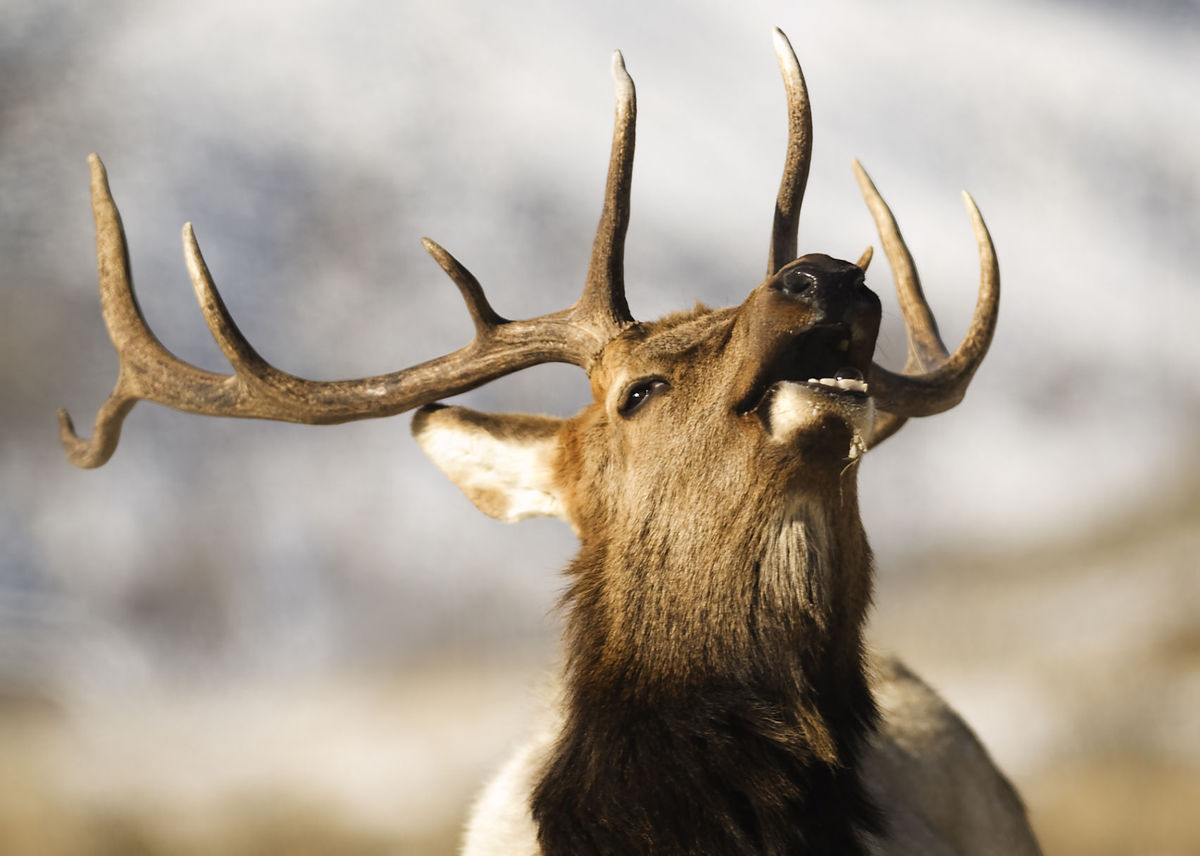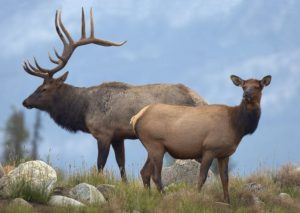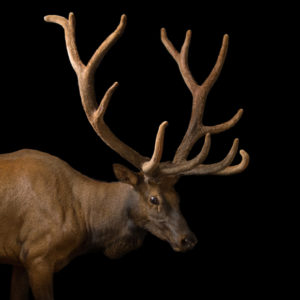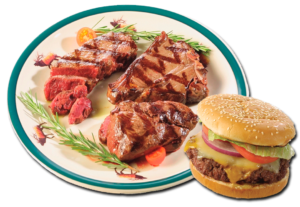Elk
Elk, the largest species of deer in the world, is also one of the largest mammals in North America and Eastern Asia. Elk are massive and beautiful creatures. Though they stand nearly 9 feet tall they are elegantly slender. Elk grow massive horns that can grow to a length over 4ft tall and can weigh over 40 pounds! Their meat is lean, high and proteins, easy to cook and delicious. Acquiring a home an Elk trophy is something to be proud of.


Origin
Elk are natives of North America and Asia. They were once found roaming freely throughout the United States and Canada. Today they live primarily on the western side of the continent. They thrive in mountainous landscapes like Wyoming's National Elk Refuge or Yellowstone National Park.
Good to Know
Elk seek out shelter both day and night, though at night they are primarily looking for food. In the heat of the day they will be seeking refuge from the sun under shaded forest areas. Elk often graze on grasses and forbs, and browse on shrubs, tree seedlings, and saplings. Elk may also supplement their diet at licks. This offers them a way to take in minerals that may help them grow healthy coats and produce nutritious milk. Elk can be vocal; a bull may make a bugling (bellow escalating to squealing whistle ending with grunt). This is not a noise you want directed at you as it advertises fitness and announces his readiness to fight. Elk also use body language. For example, if an elk displays dominance he will do so by raising its head high. In the winter, elk will regroup into larger herds. Though re-grouping, males and females will typically remain separate.
Size of Elk 
A male Elk will weigh between 710 to 730 pounds and stands about 4.9 feet at the shoulder. However, as Roosevelt elk is the largest subspecies they can weigh up to 900 pounds. A female Elk will weigh between 500 to 530 and stands about 4.3 feet at the shoulder.
Rack
As there are four different subspecies of Elk, the length of the antlers will vary slightly. On average a male elk’s antlers will reach 4 feet above their head and can weight up to 40 pounds! Female Elk do not grow antlers. Elk like most deer species will lose their antlers year. They will lose their antlers starting in early March, regrowth starting back in May. During the late summer the velvet peels away and by September, antlers are solid bone.
Hides
The hide of the Elk will help determine which subspecies he or she belongs to though they are very similar in appearance. A Roosevelt Elk have a darker coat with a reddish tint. The Tule Elk has a much lighter coat, a tan almost white body with deep brown legs and face. The Manitoban Elk like the other subspecies has a darker neck and face area but the different body coloring is much less noticeable than the Roosevelt or Tule. The Manitoban Elk has a slight red tint of color mixed with a sold light brown coat throughout very similar to the Roosevelt. The stunning Rocky Mountain Elk is what generally comes to mind when you think if the species. They’re coat is thicker as they are accustomed to cooler temperatures and have slightly longer hair. They have a black nose, light brown around the eyes and inside ears, dark brown neck and legs, tan almost white body with seemingly.

The coat for all subspecies will vary with season as well. See below:
- Summer: copper brown
- Fall, winter and spring: light tan
- Rump patch: light beige
- Legs and neck often darker than body (year around)
Meat
It only takes a quick internet search to make you drool over the idea of cooking up some Elk. Elk is similar to beef and does not require marinade. Elk can be enjoyed a number of ways, slow cooked, baked, grilled… they’re seems to be no wrong way to enjoy Elk. If you aren’t much of a chef, you can even enjoy this tasty meal in sandwich form.
